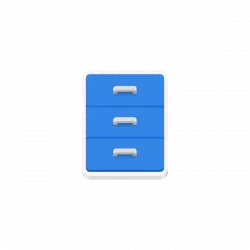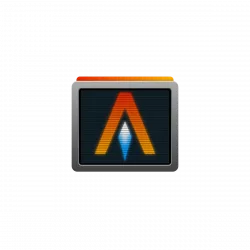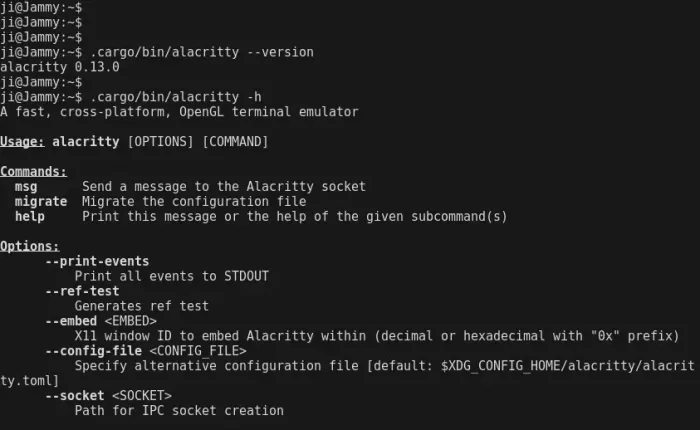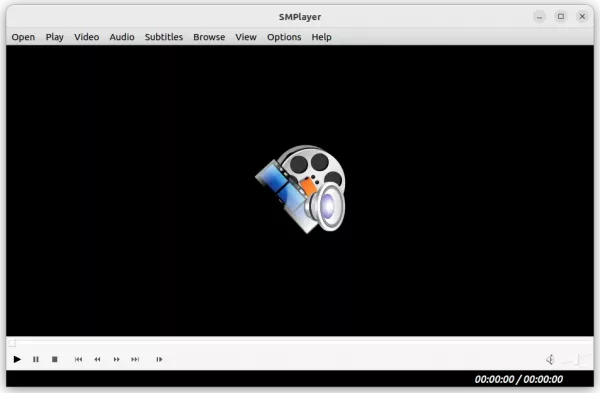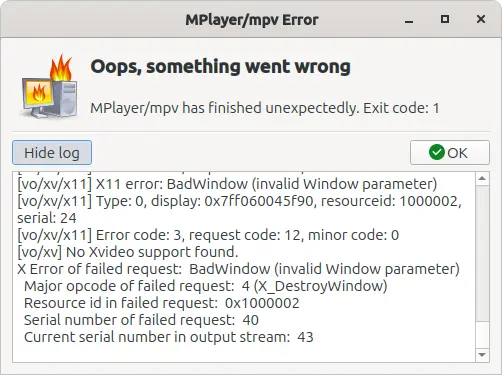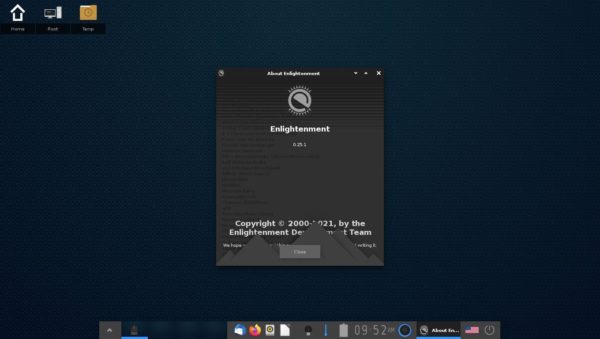
HandBrake, the popular free open-source video transcoder, released a new update for the new 1.7 series yesterday.
The new release fixed encoding issue for AMD VCN, MPEG-2, MPEG-4, NVIDIA NVENC, and VP9 encoders, which could cause the creation of an excessive number of keyframes.
It fixed unintentional automatic pass through of closed caption side data when using NVIDIA NVENC encoder.
For Linux, the release includes performance improvements by removing duplicate graphic assets and reducing file size, as well as fixes to Flatpak file chooser, file destination path, and memory leaks in the graphical interface.
Other changes include:
- Improved automatic selection of Dolby Vision Level
- Fixed crash opening an empty folder, and crash using VideoToolbox encoders on Apple Silicon Ultra.
- Workaround to prevent issues decoding H.264 video on Mac OS.
- Added Automation Properties to some controls on the audio tab to assist screen readers for Windows.
- Fixed NVIDIA NVDEC option being ignored in Windows.
- Miscellaneous bug fixes and improvements
How to Install HandBrake 1.7.2
HandBrake provides official Windows, MacOS, and Linux packages available to download at Github releases page under Assets
For Linux users, it’s Flatpak package which also available in Flathub repository, though NOT updated at the moment of writing.
For Ubuntu & Linux Mint users who prefer the classic .deb package, I’ve uploaded the package into this unofficial PPA for Ubuntu 20.04, Ubuntu 22.04, Ubuntu 23.04, and Ubuntu 23.10.
1. First, press Ctrl+Alt+T on keyboard to open terminal. When it opens, run command to add the PPA:
sudo add-apt-repository ppa:ubuntuhandbook1/handbrake
Type user password (no asterisk feedback) when it asks and hit Enter to continue.
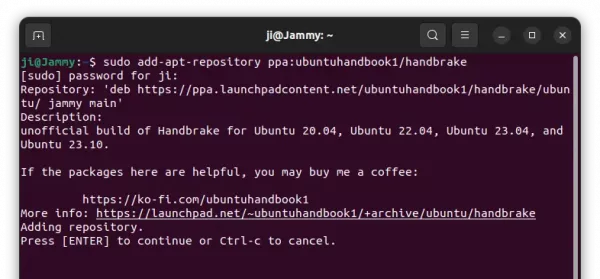
2. Linux Mint users need to manually update the system package cache, after adding PPA, by running command:
sudo apt update
3. Finally, install the new HandBrake package via command:
sudo apt install handbrake
For choice, you may also run sudo apt install handbrake-cli to install the command line tool
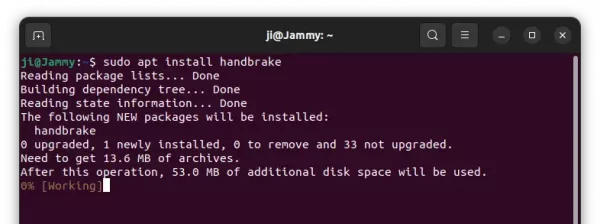
When installation done, search for and launch the video transcoder from either start/application menu or ‘Activities’ overview depends on your desktop environment.
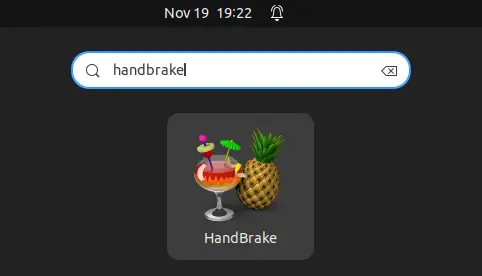
Uninstall:
To uninstall the Ubuntu PPA, either open terminal (Ctrl+Alt+T) and run command:
sudo add-apt-repository --remove ppa:ubuntuhandbook1/handbrake
or, just remove the source line using ‘Software & Updates’ tool under “Other Software” tab.
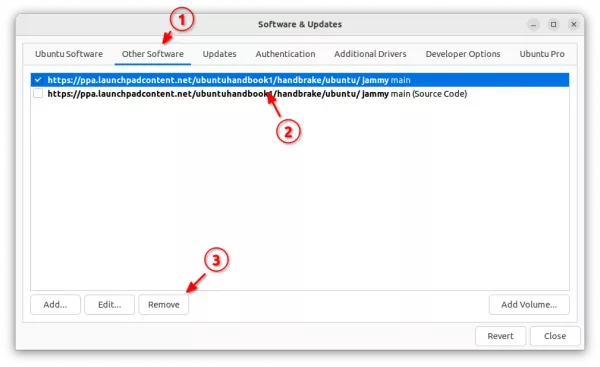
To remove the HandBrake video transcoder, use command:
sudo apt remove --autoremove handbrake handbrake-cli
That’s all. Enjoy!





